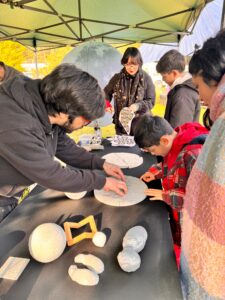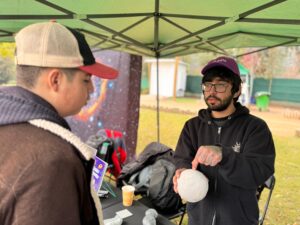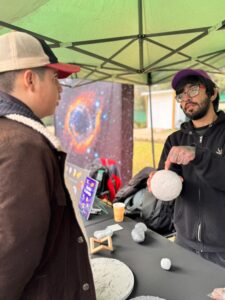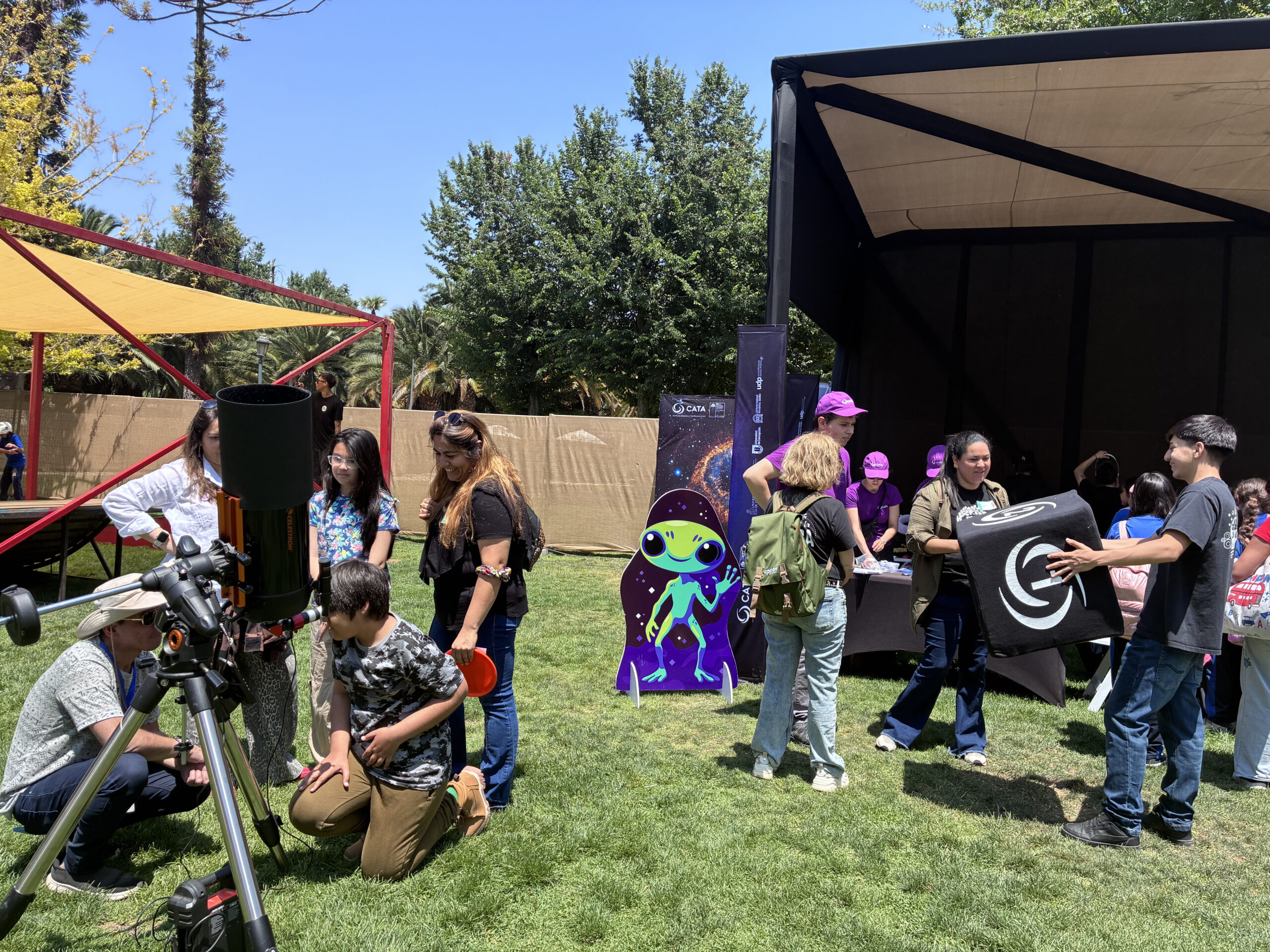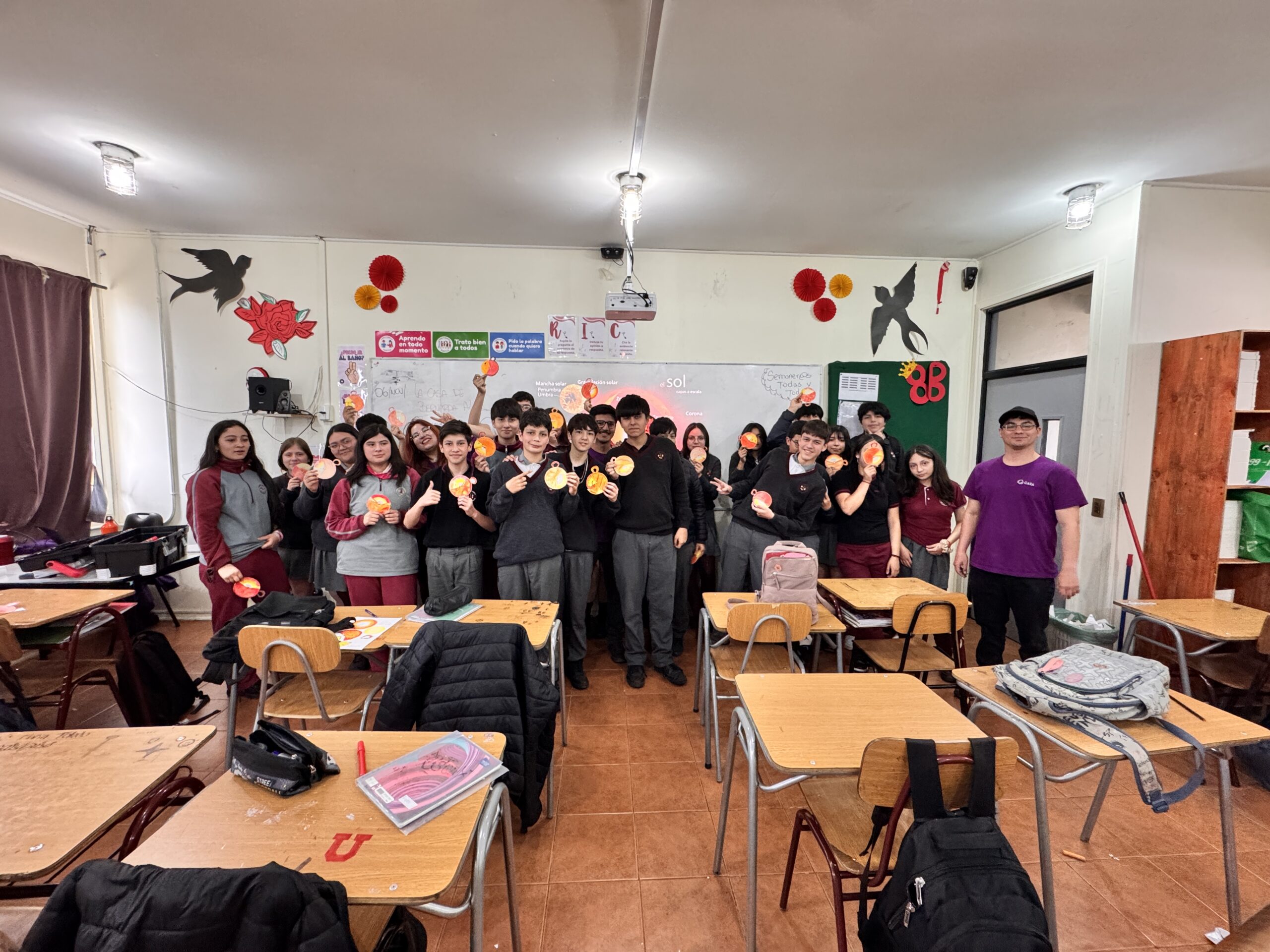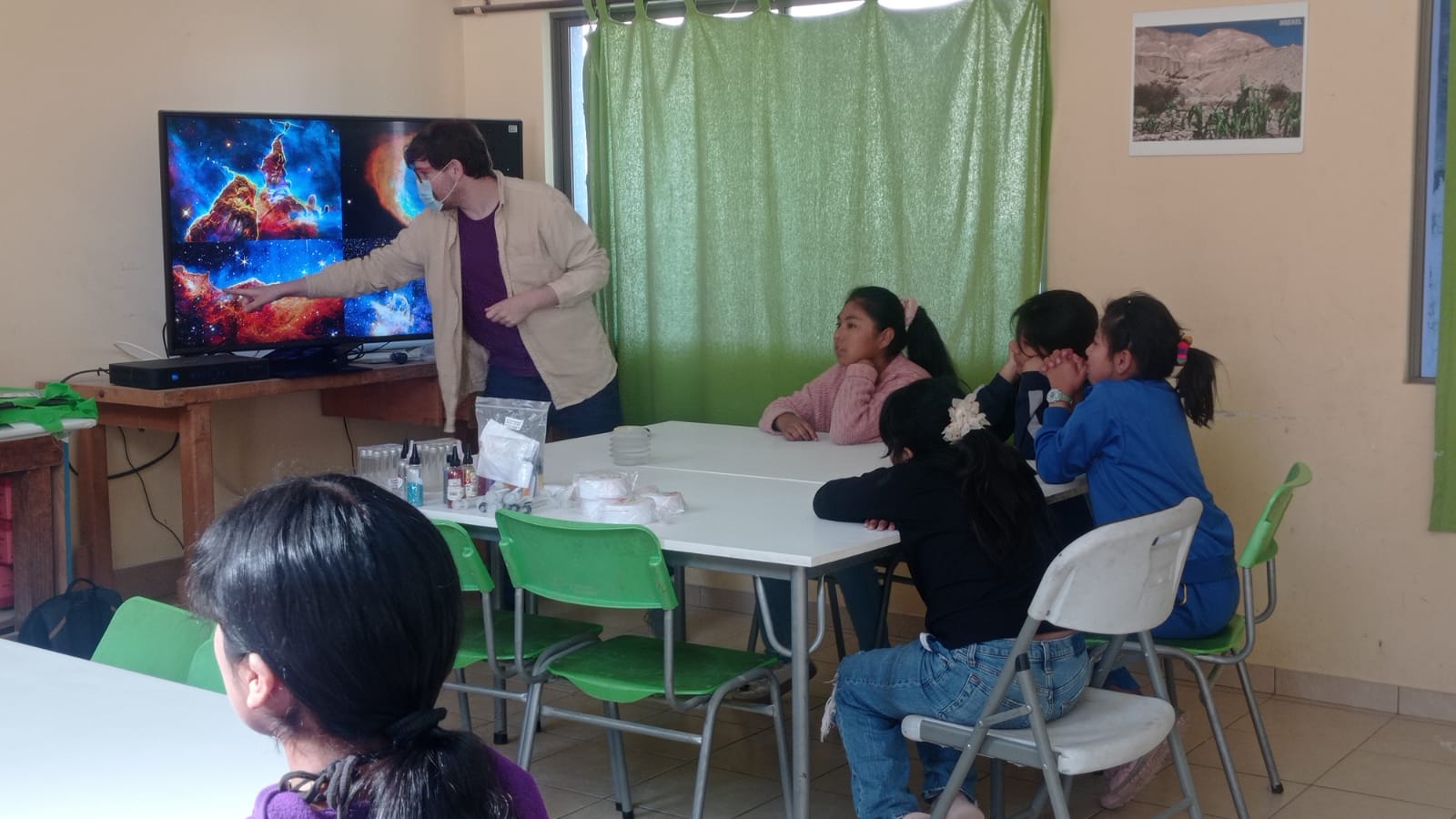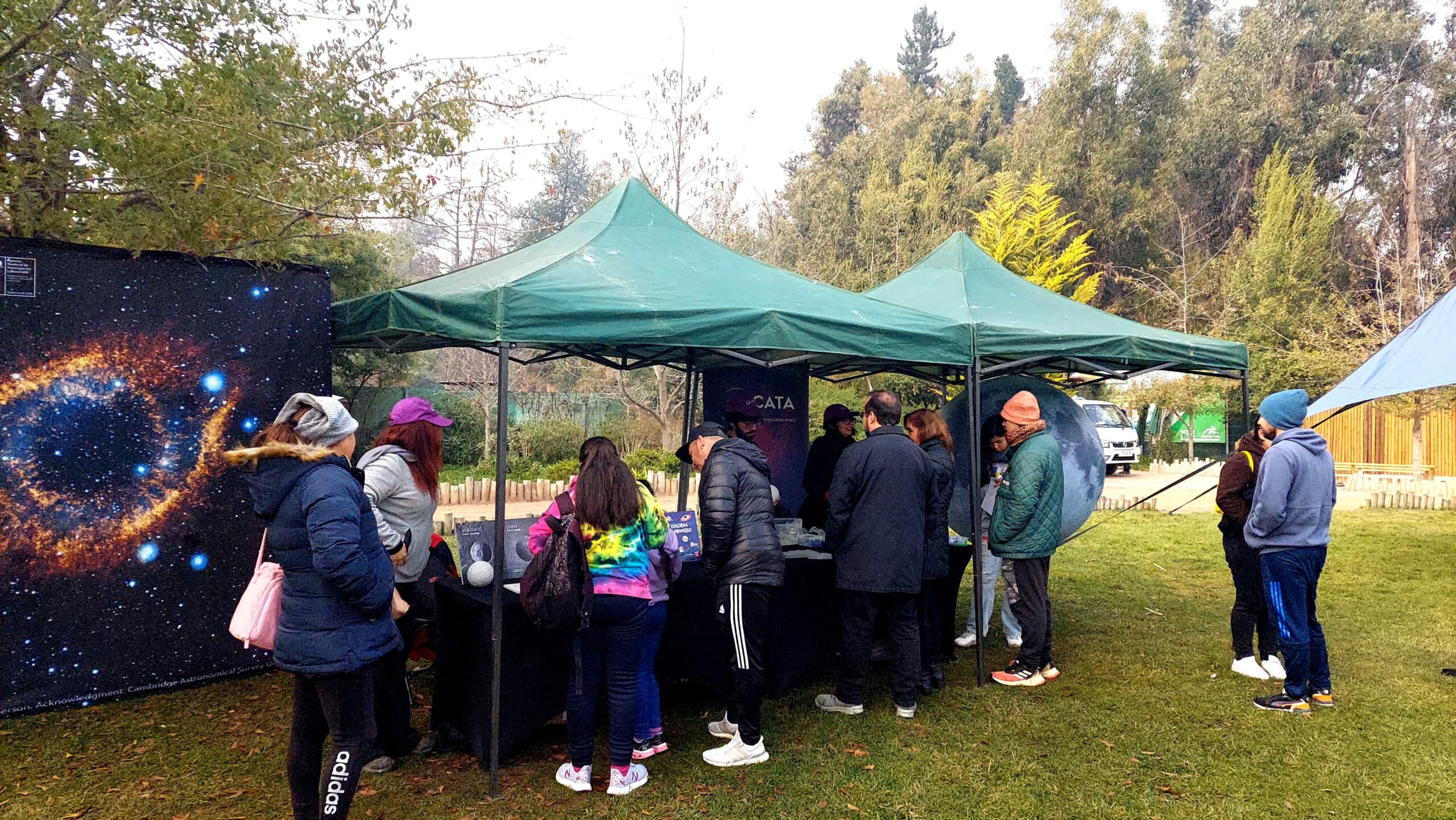
CATA celebrated Asteroid Day 2025 at the Pueblito de Las Vizcachas Park
Our Center participated in the commemoration organized in the park located in Puente Alto.
This Saturday, June 28, a new version of the International Asteroid Day was celebrated at the Pueblito de las Vizcachas Park, located in the Puente Alto district. The activity, coordinated by the Millennium Institute of Astrophysics (MAS), counted with the participation of the Center for Astrophysics and Related Technologies (CATA) for the second consecutive year.
This ephemeris was officially declared by the UN in 2016 and is commemorated every June 30 in memory of the Tunguska event (Siberia, 1908), when an asteroid of about 50 meters devastated more than 2,000 km² of forest. The objective is to promote the study and detection of near-Earth objects to prevent potential collisions.
The event brought together different institutions to disseminate scientific knowledge about these stellar rocks. For its part, the Center for Astrophysics and Related Technologies (CATA) was positioned with a moon stand that demonstrated the effects that asteroids have had on our natural satellite. The booth included 3D models of the Moon, models of some of its best known craters, a puzzle of both sides of the Moon covered with craters, a 1.5 meter inflatable lunar model and gifts for booth attendees.
The CATA team at the Asteroid Day was formed by astronomers José Utreras, Outreach and Content Coordinator; Tracy Catalán, Outreach Analyst; Catalina Casanueva, Postdoctoral Research Associate; and Javier Urrutia, Master’s Student.
“Many people participated in our activities, recognizing craters and putting together a puzzle of the lunar surface, marked by millions of craters. While doing the activities, many questions about asteroids, craters and the solar system came up. People learned how asteroids shaped the surface of the Moon and how these rocks of different sizes leave traces of small explosions or that they can change a star at planetary levels,” commented José Utreras.
Recent news
-
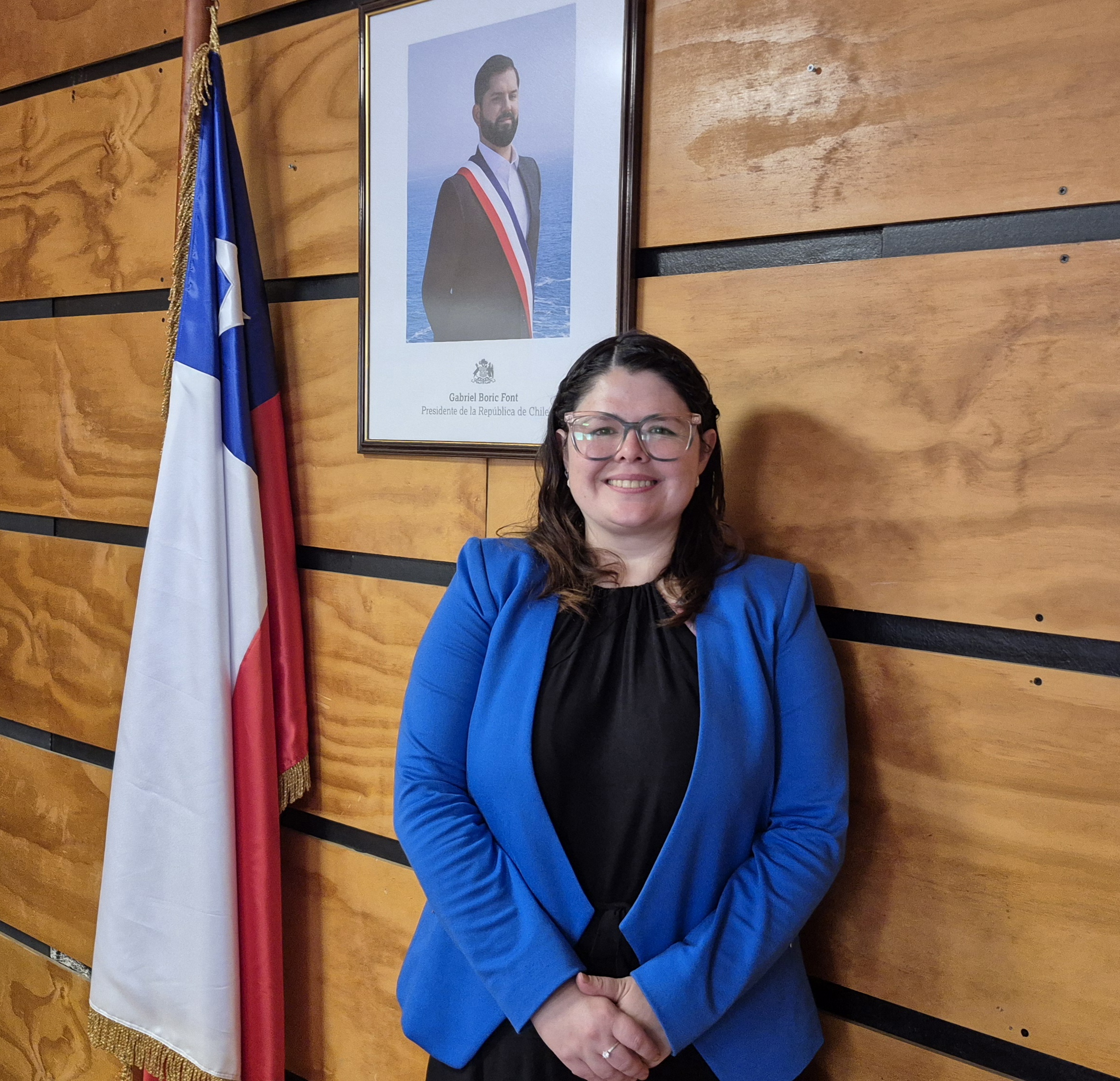 Publicado el: 08/01/2026Meet: Valeska Molina, Regional Ministerial Secretary for the Antofagasta and Atacama regions at MinCiencia
Publicado el: 08/01/2026Meet: Valeska Molina, Regional Ministerial Secretary for the Antofagasta and Atacama regions at MinCiencia -
 Publicado el: 05/01/2026New General Manager takes over institutional leadership of CATA
Publicado el: 05/01/2026New General Manager takes over institutional leadership of CATA -
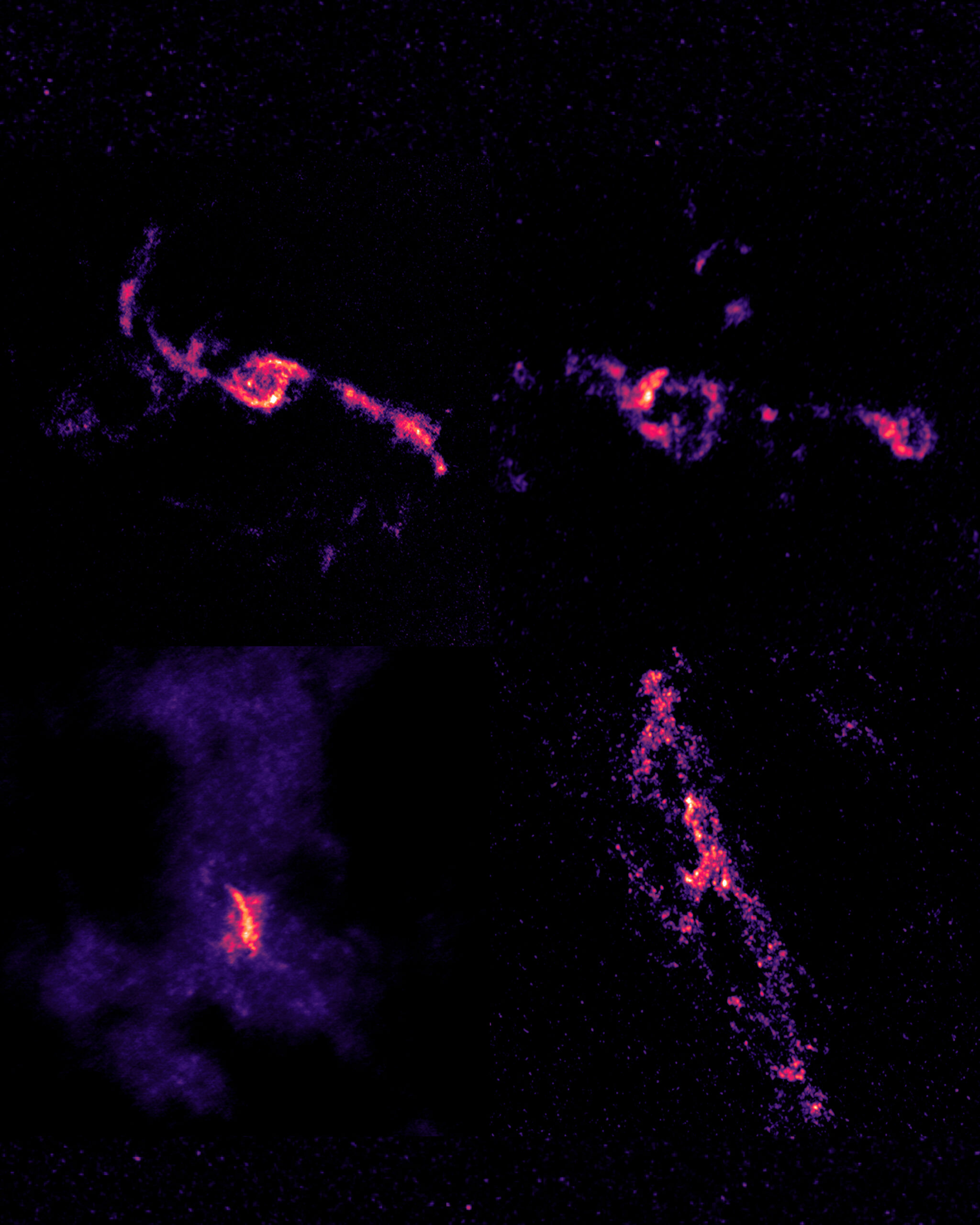 Publicado el: 22/12/2025International study reveals that black holes feed selectively
Publicado el: 22/12/2025International study reveals that black holes feed selectively -
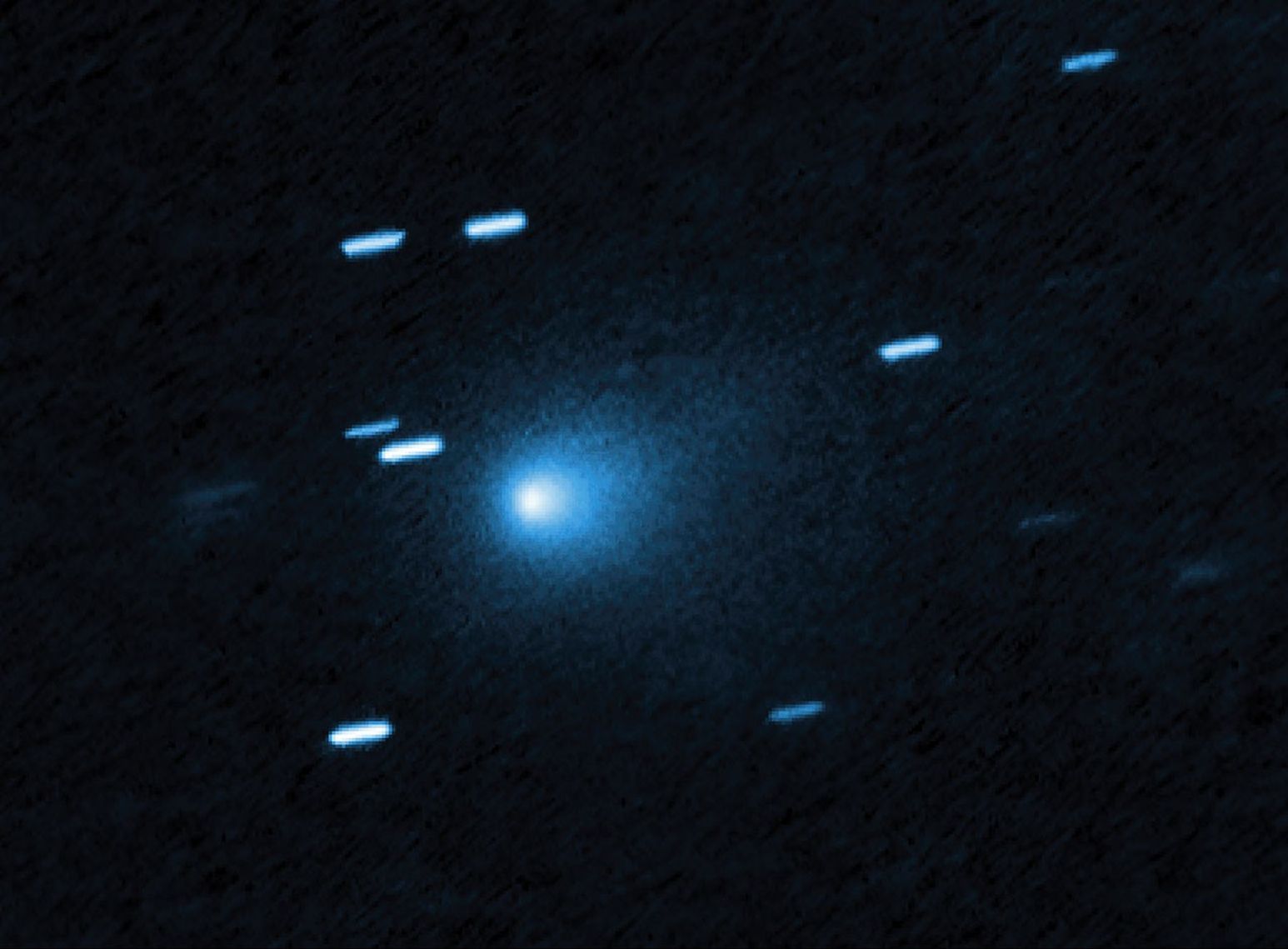 Publicado el: 20/12/20253I/ATLAS: the interstellar comet approaching Earth and what is known about it
Publicado el: 20/12/20253I/ATLAS: the interstellar comet approaching Earth and what is known about it -
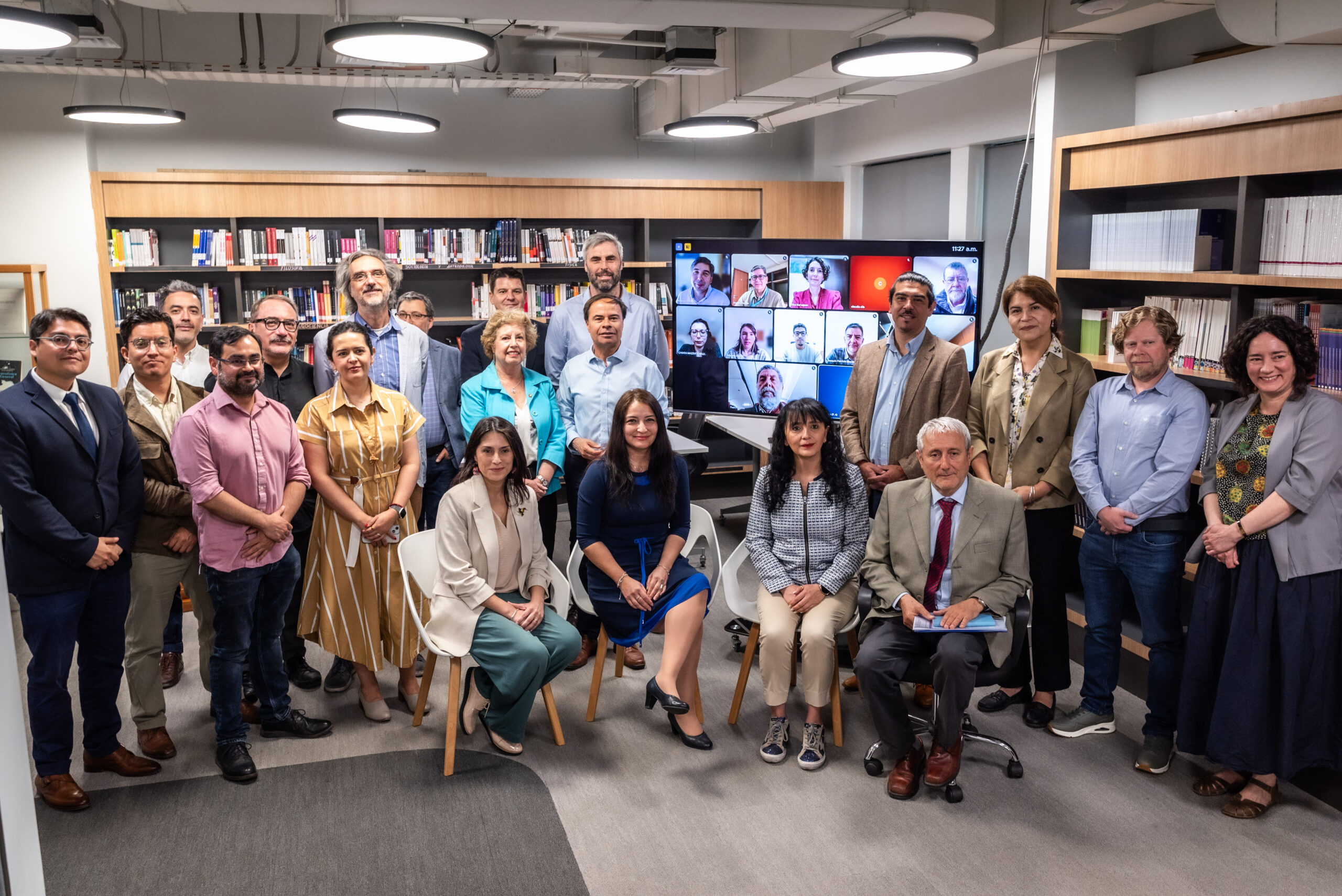 Publicado el: 18/12/2025Ministerial Advisory Committee for Astronomical Observation submits its final report
Publicado el: 18/12/2025Ministerial Advisory Committee for Astronomical Observation submits its final report
Categories list
- Acknowledgments 21
- Astrobiology 7
- AstroCluster 1
- Black holes 20
- Corporativo 60
- Cosmology 5
- Descubrimientos 23
- Disclosure 74
- Exoplanets 14
- Extension 7
- Galaxies 22
- Galaxies formation 6
- Inter y Transdisciplina 4
- Local Universe 17
- Publications 6
- Sin categorizar 34
- Solar System 23
- Stellar formation 8
- Technology 16
- Technology Transfer 19
